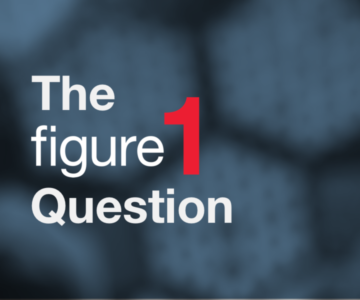
What substance is associated with this presentation?
A 45-year-old female presents with painful lesions on her lower limbs and ears. She is ... Read more
Figure 1
Updated February 27, 2019 by Figure 1

A 45-year-old female presents with painful lesions on her lower limbs and ears. She is ... Read more
Figure 1
Updated February 27, 2019 by Figure 1

A five-year-old male with a four-day history of fever presents with a new erythematous rash. ... Read more
Figure 1
Updated February 27, 2019 by Figure 1

A 24-year-old sexually active female presents with a three-day history of severe right upper quadrant ... Read more
Figure 1
Updated February 27, 2019 by Figure 1

A 62-year-old female, G3P3, presents to her gynecologist with a year-long history of worsening stress ... Read more
Figure 1
Updated February 27, 2019 by Figure 1

A three-year-old African American boy is brought to his new pediatrician over concerns of poor ... Read more
Figure 1
Updated February 27, 2019 by Figure 1

A 28-year-old female presents to the emergency department with an occipital headache and neck pain. ... Read more
Figure 1
Updated February 27, 2019 by Figure 1

A 65-year-old male presents to his family physician with complaints of increasing fatigue, dyspnea on ... Read more
Figure 1
Updated February 27, 2019 by Figure 1

An 80-year-old female with a history of diabetes and chronic constipation presents to the emergency ... Read more
Figure 1
Updated February 27, 2019 by Figure 1

A 76-year-old male presents with a progressive headache, dizziness, and confusion after falling from his ... Read more
Figure 1
Updated February 27, 2019 by Figure 1

A 75-year-old female presents with a two-year history of a persistent cough and fatigue. The ... Read more
Figure 1
Updated February 27, 2019 by Figure 1

A 70-year-old male is brought to the emergency department with subacute shortness of breath and ... Read more
Figure 1
Updated February 27, 2019 by Figure 1

A 70-year-old female with psoriasis presents with a four-month history of worsening arthralgia. She mentions ... Read more
Figure 1
Updated February 27, 2019 by Figure 1

A 32-year-old female presents with a headache and a rash on her trunk and extremities. ... Read more
Figure 1
Updated February 27, 2019 by Figure 1

A 19-year-old female exchange student presents to the emergency department with severe abdominal pain and ... Read more
Figure 1
Updated February 27, 2019 by Figure 1

A 28-year-old woman presents with a one-week history of a slightly raised erythematous lesion on ... Read more
Figure 1
Updated February 27, 2019 by Figure 1

A 66-year-old male with a history of hypertension presents to the emergency department with dyspnea ... Read more
Figure 1
Updated February 27, 2019 by Figure 1

25-year-old male presents to the emergency department with headache, retro-orbital pain, and diplopia when gazing ... Read more
Figure 1
Updated February 27, 2019 by Figure 1

Case Details A 9-year-old girl is brought to a new pediatrician by her mother over ... Read more
Figure 1
Updated February 27, 2019 by Figure 1

A 37-year-old female presents to her family physician with recurring abdominal and flank pain. She ... Read more
Figure 1
Updated February 27, 2019 by Figure 1
Current phase of the application cycle.
You are viewing information for the Early Prep phase of the application timeline.